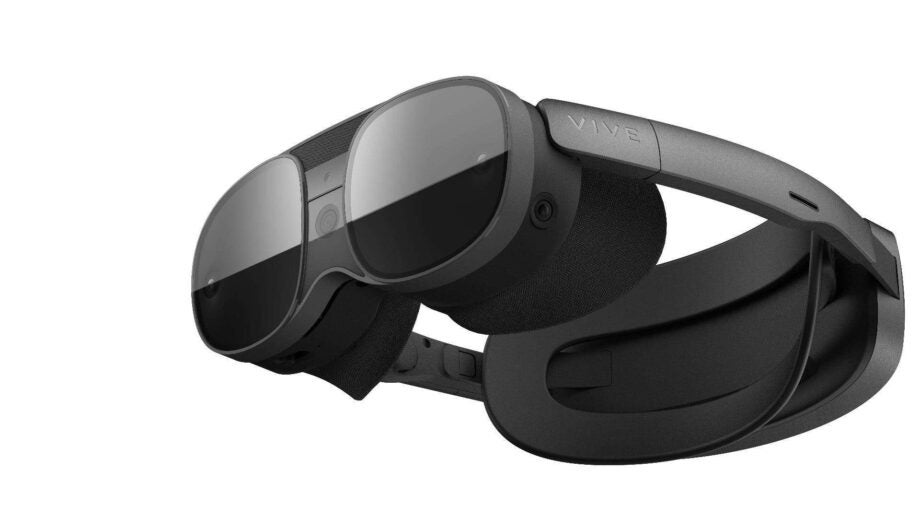What is XR? Extended Reality explained

XR (also known as Extended Reality) is becoming a popular term in the technology industry, and you may well have heard it mentioned during conversations about the likes of Apple and Meta.
But what does XR actually refer to, and how does it differ to the likes of AR and VR? We’ve created this guide to explain everything, so keep on reading to get your burning questions answered.
What is XR?
XR stands for Extended Reality, and is an umbrella term that covers a wide range of technologies, including AR (Augmented Reality) VR (Virtual Reality) and MR (Mixed Reality).
Since VR headsets are now becoming more sophisticated, featuring built-in cameras to allow for mixed reality functionality, companies have started adopting the ‘XR headset’ term instead. This highlights that the headsets are capable of more than just VR experiences.
A good example of this is the Vive XR Elite. While previous Vive headsets have mostly been restricted to VR, the new headset has a colour passthrough. This means you’re able to see your surroundings, while still seeing virtual objects and characters that you’re able to interact with – this is known as mixed reality.
But calling the Vive XR Elite a mixed reality headset would have failed to highlight that this headset also supports numerous VR games and applications too. As a result, Vive decided to use the more open-ended ‘XR’ term instead.
XR isn’t limited to headsets though. Since augmented reality is also a subset of XR, then that means smartphone apps such as Pokemon Go fall under the XR umbrella.
Since XR covers such a wide range of devices and software, it’s usually only used when referring to the industry as a whole. But with more and more devices starting to make use of both VR and MR (and potentially AR too), it’s likely that we’ll see more and more companies using the term ‘XR headset’ in the future.








